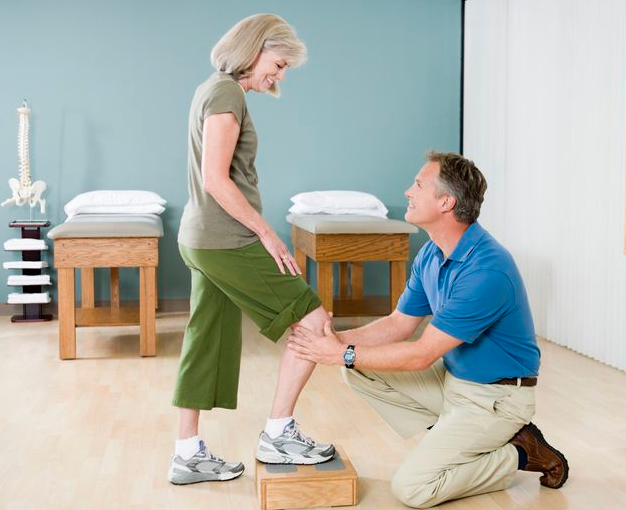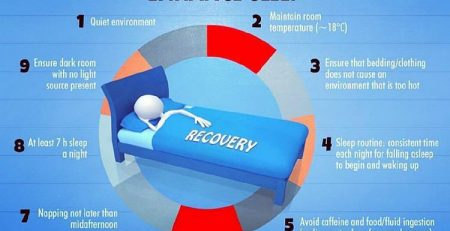Can You Treat a Meniscus Tear With PT?
What Is the Meniscus?
The meniscus—or menisci when speaking of them in plural—is a small cartilaginous structure in your knee.
You have two in each knee, one on the inner aspect of the joint and one on the outer aspect. These menisci act as miniature shock absorbers in your knee; they help to absorb impact through your knee joint. The meniscus also helps to allow your knee to glide and slide properly as it bends a straightens.
Sometimes jumping and landing in an awkward position or twisting over your knee with your foot planted on the ground can irritate your meniscus. The meniscus can become frayed or torn. Occasionally, wear and tear from degenerative conditions like arthritis can cause a meniscus tear in your knee. When this happens, pain in your knee may result. Your knee joint may also become swollen, and it may catch or lock when moving in certain positions. This can cause significant loss of mobility.
Symptoms of a meniscus tear in your knee may include:
- Knee pain
- Knee swelling
- Locking of your knee joint
- Loss of knee range of motion (ROM)
- Decreased strength in your quadriceps or hamstrings and the muscles around your knee
- Difficulty rising from sitting, walking and running, or climbing and descending stairs
Work With PT Doctor to Make the Right Choice for Your Knees
So how do you know if you need surgery for your torn meniscus or if you’ll benefit from physical therapy? It can be a tough decision to make, so if you have knee pain from OA and a torn meniscus, work closely with your doctor to make the best decision on whether or not to have surgery. It can be helpful to understand that many people with meniscus tears have a successful outcome avoiding surgery and working with a physical therapist. If things are not progressing properly with therapy, you can always elect to have knee surgery if recommended by your doctor.
How do you know when it is time to stop physical therapy and consider surgery? There are some signs and symptoms that may indicate the need for surgery, including:
- Persistent knee pain that remains after 3 to 4 weeks of rehab
- Loss of knee mobility that is not restored with PT
- Difficulty walking, rising from sitting, or climbing stairs
- Persistent knee swelling
The best way to know if you need surgery is by working closely with your surgeon and physical therapist for your knee meniscus tear.
Physical therapy should be the first choice when managing the pain and functional limitation that may come with a knee meniscus tear. Your therapist can help you regain normal motion and strength and help you return to your previous level of activity.
Call In Today To Make Your Appointment





